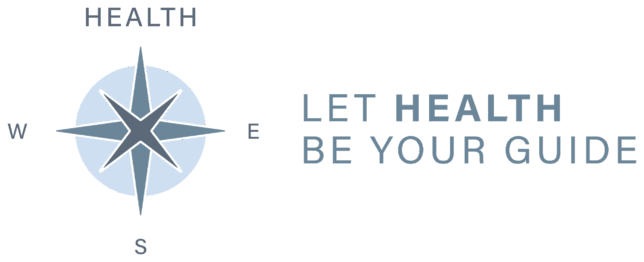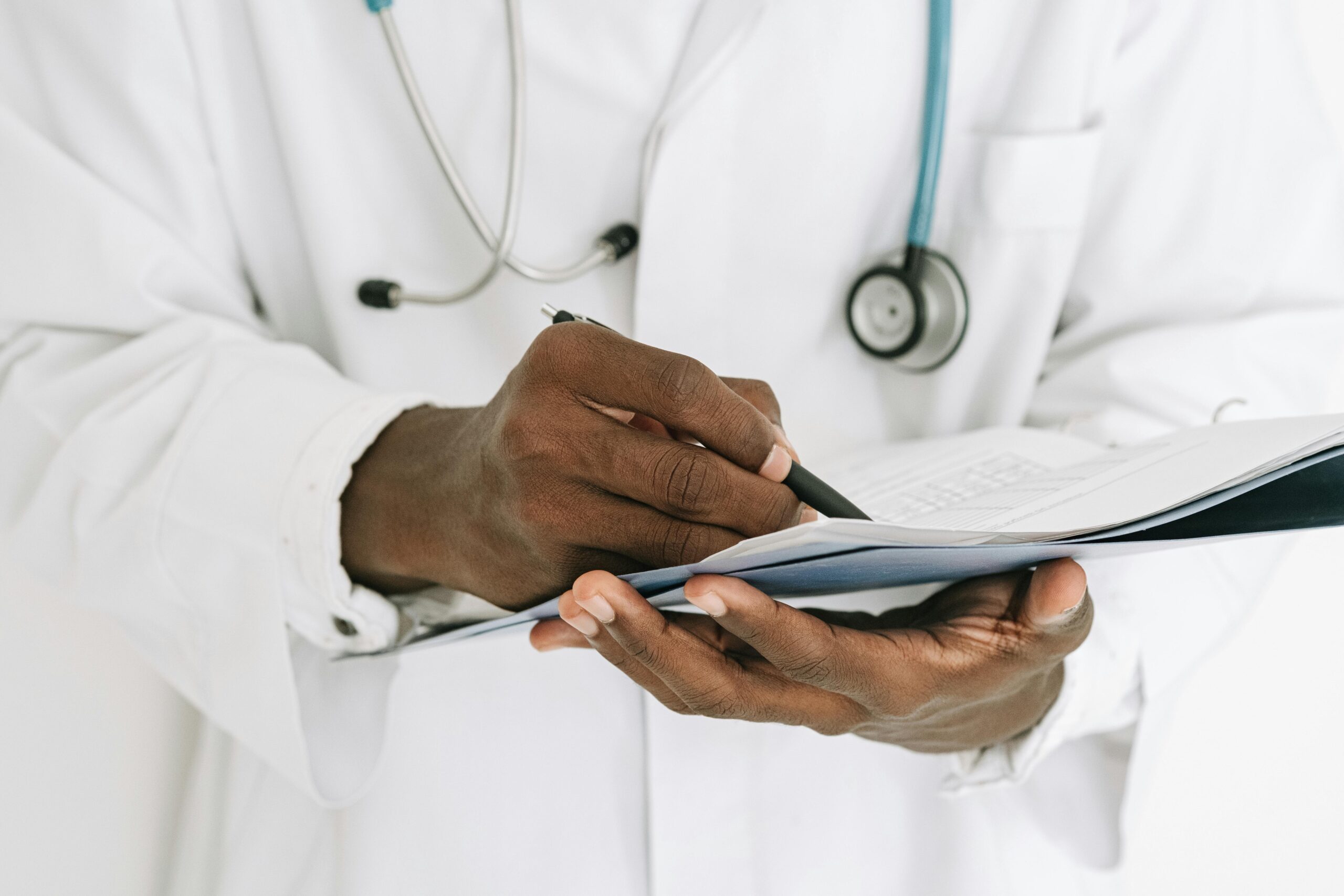Why This Matters
If you’ve had polyps removed during a colonoscopy, your risk of colorectal cancer (CRC) is higher than average. But there’s good news: You can take steps today to lower your risk. This guide explains what you need to know-about polyps, diet, lifestyle, and screening-to protect your colon and stay healthy.
Understanding Polyps: Not All Are Equal
A polyp is a small growth on the lining of your colon. Some are harmless, while others can become cancer over time.
- Small polyps (<5 mm): Often harmless, especially if they are hyperplastic polyps (common in the
rectum). - Larger polyps (>10 mm): Higher risk of turning into cancer, especially if they have villous structure
or high-grade dysplasia. - Adenomas (precancerous polyps): These are the ones doctors watch closely-especially villous
adenomas and sessile serrated polyps, which have a higher chance of becoming cancer if left
alone.
That’s why regular colonoscopy screenings are so important: they allow doctors to find and remove polyps before they turn into cancer.
The Red Meat Connection: Why It Matters
Eating red meat-especially processed meats like bacon, sausages, and deli meats-has been linked to a higher risk of colorectal cancer.
It’s not the protein itself that’s the problem-it’s what happens when red meat is digested and cooked:
- Heme iron (in red meat) forms N-nitroso compounds in the gut, which can damage DNA.
- High-heat cooking creates heterocyclic amines (HCAs) and polycyclic aromatic hydrocarbons
(PAHs), both carcinogens. - Processed meats add nitrates/nitrites, forming more N-nitroso compounds.
- A diet high in red/processed meat often means less fiber, fewer protective gut bacteria, and less
butyrate.
Smoking and Combustion Exposure: It’s Not Just Cigarettes
Smoking increases colorectal cancer risk-but it’s not just cigarettes. Any kind of combustion smoke contains carcinogens like PAHs and nitrosamines that can damage DNA. This includes:
- Cigarettes
- Cigars (even if you don’t inhale)
- Cannabis
- Pipes
- Wood smoke (stoves, fireplaces)
- Air pollution
There is no safe level of smoke exposure-the best choice is to avoid it entirely.
How to Get Enough Protein-Without the Risks
You don’t have to rely on red meat for protein! There are plenty of healthy, lower-risk alternatives:
- Poultry (chicken, turkey)
- Fish (salmon, mackerel, sardines)
- Legumes (lentils, beans, chickpeas)
- Tofu, tempeh (if tolerated)
- Eggs
- Fermented dairy (yogurt, kefir)
- Nuts and seeds
- Quinoa, whole grains
Pair plant proteins with a variety of whole foods for a healthy, diverse gut microbiome.
The Role of Calcium: How It Helps and Where to Get It
Calcium binds to bile acids and fatty acids in your gut, forming compounds that are less irritating to your colon lining. This helps reduce the chance of inflammation and damage that can lead to cancer.
Aim for 1000-1200 mg of calcium per day. Good sources include:
- 1 cup yogurt (300-400 mg)
- 1.5 oz cheese (250-300 mg)
- 1 cup milk (300 mg)
- 1/2 cup tofu (250-300 mg)
- 1 cup cooked leafy greens (100-200 mg)
- 1/4 cup almonds (90 mg)
- 1 can sardines (300-350 mg)
What About Alcohol? Keep It Low or Skip It
Even small amounts of alcohol can raise colorectal cancer risk. The safest option is not to drink at all, but if you do, keep it minimal. No more than 1 standard drink per week is considered safest for cancer prevention (World Cancer Research Fund 2023).
Your Action Plan: Reduce CRC Risk After Polyps
- Follow colonoscopy schedule.
- High-fiber, plant-based diet. Limit red meat to 350-500 g/week. Avoid processed meats.
- Choose lower-risk proteins: poultry, fish, legumes, eggs, fermented dairy, nuts.
- Cook gently: steam, bake, slow cook.
- Exercise regularly: 150 min moderate or 75 min vigorous + strength training 2x/week.
- Quit all forms of smoking and reduce smoke exposure.
- Best to avoid alcohol; if you drink, limit to 1 drink/week.
- Check and optimize vitamin D levels.
- Get 1000-1200 mg calcium daily from food.
- Feed your gut: fiber + fermented foods.
- Ask your doctor about low-dose aspirin if eligible.
Your Step-By-Step Action Plan To Reduce CRC Risk After Polyps
| Step | What To Do |
|---|---|
| 1. Colonoscopy | Follow doctor’s recommendations every 3-5 years based on polyp type |
| 2. Diet | High fiber, mostly plants. Limit red meat to 350-500 g/week. Avoid processed meats. |
| 3. Protein | Poultry, fish, legumes, eggs, fermented dairy, tofu, nuts. |
| 4. Cooking | Steam, bake, slow cook. Avoid grilling, frying, charring. |
| 5. Exercise | 150 min moderate or 75 min vigorous + strength training 2x/week. |
| 6. Smoking | Quit all forms-cigarettes, cigars, cannabis, wood smoke. |
| 7. Alcohol | Best to avoid. If drinking, limit to 1 drink per week. |
| 8. Vitamin D | 30-50 ng/mL (75-125 nmol/L). Test and supplement if needed. |
| 9. Calcium | 1000-1200 mg/day from yogurt, cheese, leafy greens, fortified foods. |
| 10. Gut Health | Fiber + fermented foods = diverse, protective microbiome. |
| 11. Aspirin | Ask your doctor-low-dose aspirin may reduce CRC risk. |
Final Thought
Life is a journey. Let health be your guide.

